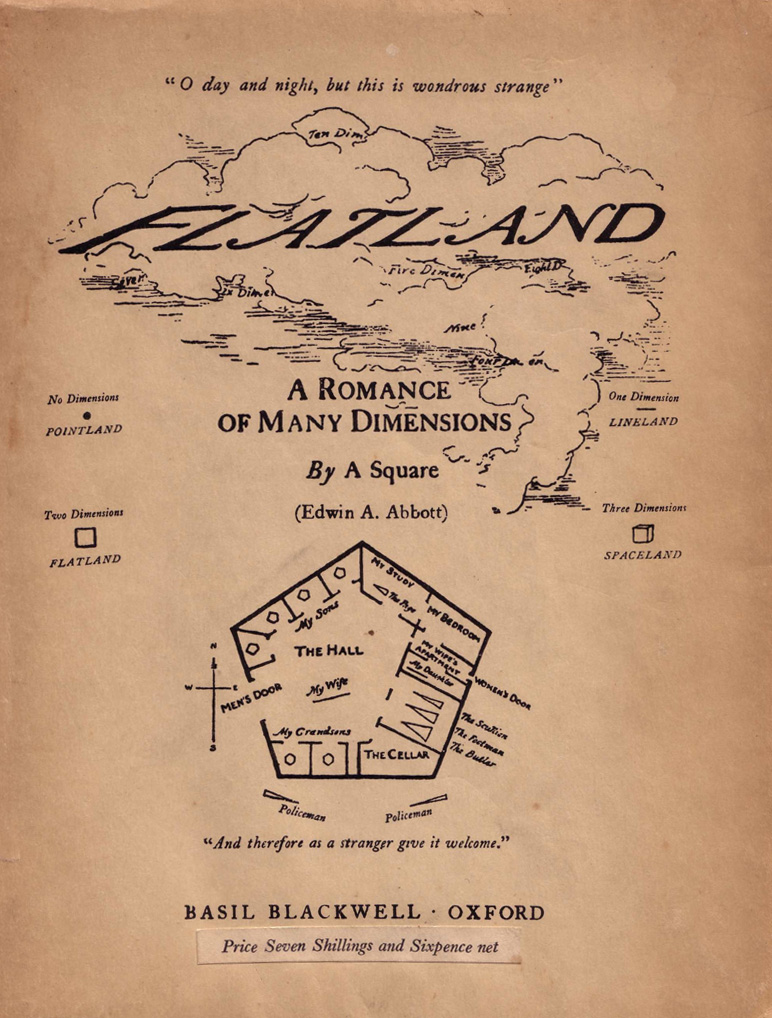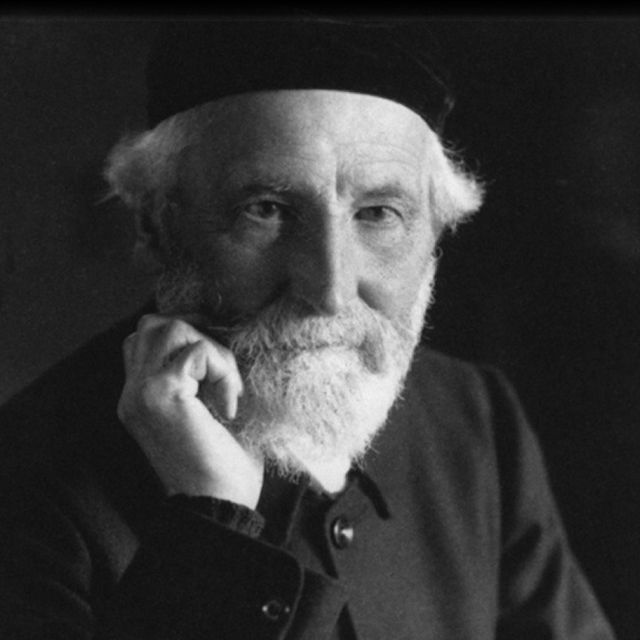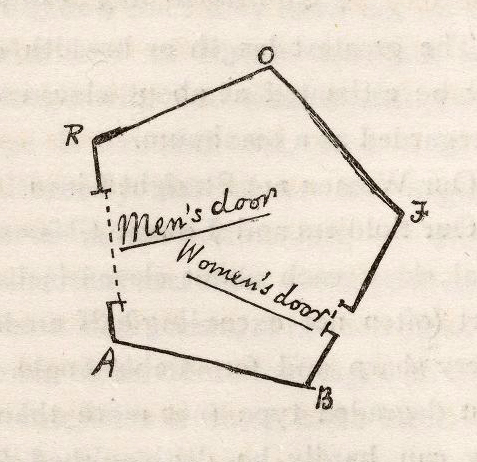Flatland: A Romance of Many Dimensions
by A Square (1884)
Flatland: A Romance of Many Dimensions is a satirical short novel from 1884, written by English schoolmaster and theologian Edwin Abbott Abbott. The book’s hero is A Square who lives in the fictional world of Flatland, an infinite two-dimensional plane whose inhabitants are different geometric figures. Corresponding to their place in Flatland’s society’s hierarchical order, its inhabitants are lines (representing women), triangles (representing the working class), squares and pentagons (representing gentlemen). All polygons with six or more sides are nobility; and those with so many sides that they are indistinguishable from circles are the priests, the highest possible rank among Flatlanders.
About the Author
Born on 20 December 1838 in London, Abbott later studied Classics at Cambridge University and went on to become an Anglican priest. He spent most of his adult life as a teacher and headmaster of his former school, the City of London School, until his retirement in 1889. Abbott published over fifty books in his lifetime, though Flatland differs from the others in style and content. The novel gained most of its popularity after Abbott’s death in 1926 and is often considered one of the first examples of mathematical fiction, which is remarkable considering that Abbott was not a trained mathematician

Image credit: public domain via Wikimedia Commons.

Image credit: public domain via Wikimedia Commons.
Role of Mathematics in Flatland
Two particular features make this story interesting. Firstly, Abbott makes use of a fairly simple geometric analogy to convey the rather complex idea of higher dimensionality, which had begun to circulate amongst mathematicians of his time. To create this analogy, he introduces four fictional worlds: Pointland (only consisting of a single point which has no dimension at all), Lineland (an infinite line in which women are just points and men are shorter lines), Flatland, and Spaceland (the three-dimensional world we ourselves live in).
All inhabitants of Abbott’s lower-dimensional worlds struggle to grasp the concept of a higher dimension: The point in Pointland cannot comprehend the concept of a line; the inhabitants of Lineland do not understand what it would mean for a figure to live in two-dimensional Flatland, and the Flatlanders cannot come to terms with three-dimensional Spaceland.
The story ends with A Square trying to persuade all of Flatland about the existence of higher dimensions and ending up getting arrested for his radical views. He then writes Flatland during his imprisonment. (Abbott initially published his story under the pseudonym ‘A Square’, indicating that the story was supposedly written by its protagonist, but also hinting at the author’s last name, Abbott Abbott – ‘A’ squared.)
The appeal to this analogy is that the reader can identify with the struggle of imagining a higher dimension. Just like A Square not being able to comprehend the concept of a sphere or a cube, we do not know what a fourth dimension would look like, because we are locked into our three-dimensional world.

Image credit: public domain, via Wikimedia Commons.
The second interesting feature about Abbott’s story is the way this mathematical analogy is embedded into a satire about Victorian society. Putting women on the lowest steps of the societal ladders in both Flatland and Lineland demonstrates Abbott’s critical view of the role of women in the society he was living in. Similarly, drawing a sharp line (quite literally) between the working class and nobility, shown by the transition from sharp-edged geometric figures to almost perfect circles, Abbott hints at the Victorians’ image of their own social hierarchy.
Reception
Flatland’s author received a lot of criticism for his novel and in particular his portrayal of England’s society at that time.
Despite this, his geometric analogy turned out to foretell the importance of higher dimensions and similar thought experiments for later developments in algebra and physics, reinstating the importance of Abbott’s story.
Author
Isabel Kestler

